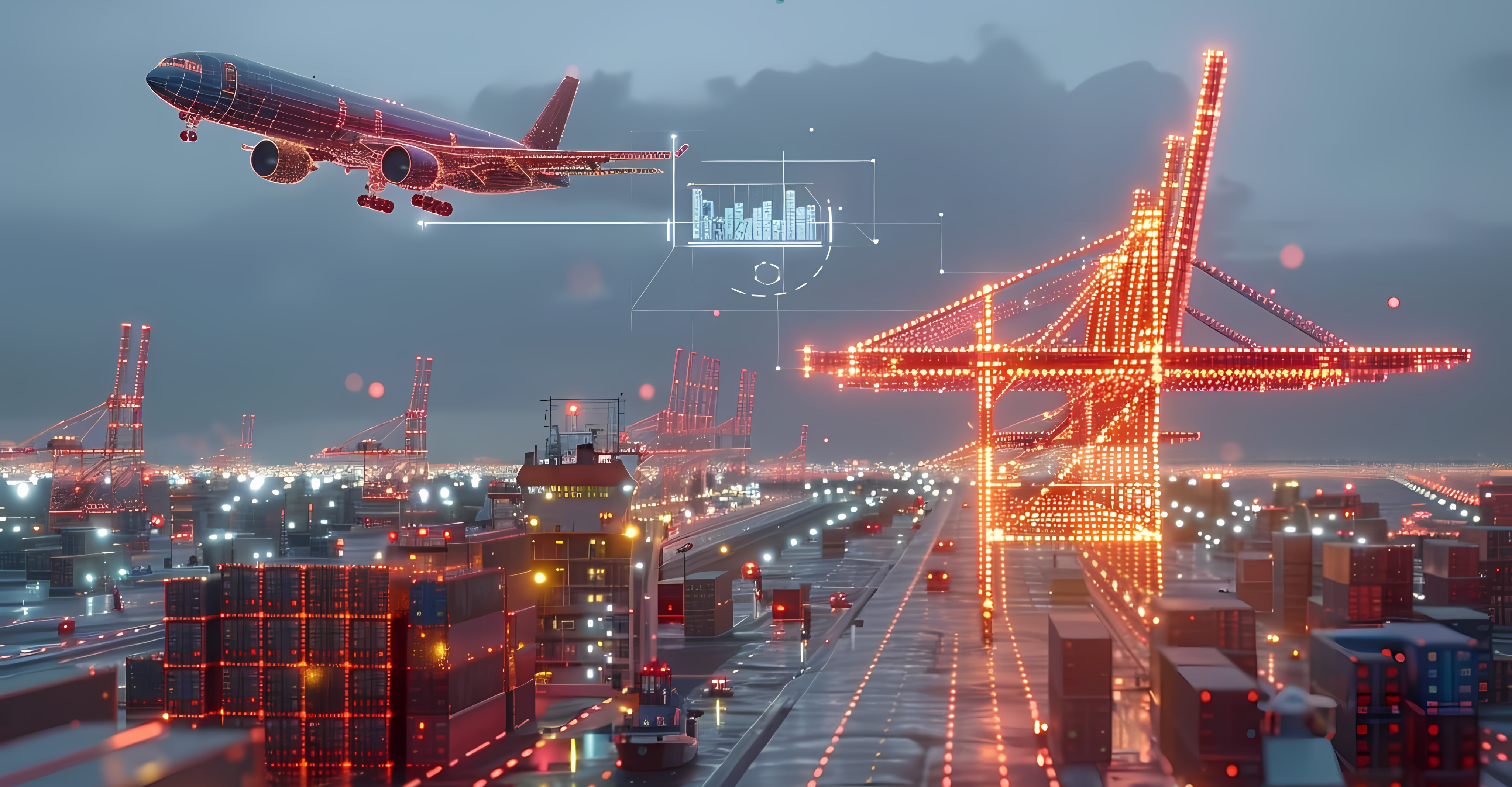In an era of rapid globalization and technological advancements, supply chains are the lifeblood of industries worldwide. Yet, with growing complexities, unpredictable disruptions, and increasing demands for speed and sustainability, managing supply chains has become more challenging than ever. The reliance on traditional systems and standalone tools like supply chain software, SCM software, and purchase order management software often falls short of meeting modern requirements. To address these challenges, a groundbreaking solution has emerged: the Supply Chain Control Tower.
Control towers offer a transformative approach, seamlessly integrating with existing systems like warehouse management system software to deliver real-time insights, predictive analytics, and end-to-end visibility. This innovative platform redefines how organizations approach supply chain management, ensuring resilience, efficiency, and adaptability in an ever-evolving landscape.
The Need for Control Towers in Modern Supply Chains
Traditional supply chain management systems, while effective in the past, struggle to meet the demands of today’s dynamic market. Modern supply chains are intricate, non-linear networks that require real-time monitoring and agility to handle disruptions. Tools like SCM software and warehouse management system software have made significant strides, but control towers take these solutions to the next level by addressing key challenges:
1. Lack of Visibility: Many organizations struggle with fragmented data spread across multiple systems. Even advanced supply chain software often fails to provide a unified view, leading to inefficiencies and missed opportunities.
2. Rising Customer Expectations: Customers demand faster deliveries, personalized services, and real-time updates. Without tools like purchase order management software integrated into a broader control tower system, meeting these expectations can be a challenge.
3. Disruption and Volatility: From natural disasters to geopolitical tensions and pandemics, supply chain disruptions are becoming more frequent. A robust control tower, supported by predictive analytics, can help businesses mitigate these risks proactively.
4. Sustainability Pressures: Stakeholders are increasingly calling for greener and more ethical supply chain practices. While standalone SCM software aids in planning, control towers integrate sustainability into the broader strategy without sacrificing efficiency.
What is a Supply Chain Control Tower?
A supply chain control tower is a centralized, cloud-based solution that provides a 360-degree view of operations. Unlike traditional SCM software, which focuses on specific tasks, control towers connect every element of the supply chain, including procurement, production, distribution, and customer fulfillment.
Core Capabilities of Control Towers
● End-to-End Visibility: Consolidates data from multiple systems into a single platform for complete transparency.
● Real-Time Monitoring:Tracks shipments, inventory levels, and production schedules in real time, enhancing the capabilities of traditional warehouse management system software.
● Predictive Analytics: Uses AI and machine learning to identify risks and opportunities before they arise.
● Collaborative Platform: Integrates tools like purchase order management software to facilitate seamless communication among stakeholders.
● Automation: Automates routine tasks such as inventory replenishment and demand forecasting, freeing up resources for strategic initiatives.
Key Benefits of Control Towers
1. Proactive Risk Management: Control towers leverage predictive analytics to anticipate disruptions, whether they stem from supplier delays or market volatility. With these insights, companies can implement contingency plans, such as rerouting shipments or sourcing alternatives.
2. Better Decision-Making: Combining data from supply chain software and real-time insights, control towers empower decision-makers to respond to challenges swiftly and confidently.
3. Cost Optimization: By integrating tools like SCM software with control tower capabilities, organizations can identify inefficiencies, reduce waste, and optimize transportation routes to lower costs.
4. Enhanced Customer Experience: Control towers improve customer satisfaction by ensuring timely deliveries and accurate tracking, seamlessly integrating with purchase order management software for a better customer experience.
5. Support for Sustainability Goals: Control towers align with sustainability initiatives by optimizing resources and minimizing carbon footprints, a feature not always available in standalone software for supply chain operations.
Practical Applications of Control Towers
Retail
Retailers rely on control towers to manage seasonal spikes in demand. Integration with warehouse management system software ensures optimal inventory levels while maintaining seamless replenishment.
Healthcare
In healthcare, control towers play a critical role in ensuring timely delivery of medical supplies. During the COVID-19 pandemic, these systems—when paired with robust supply chain software—helped save lives by guaranteeing efficient logistics.
Manufacturing
Manufacturers benefit from control towers by streamlining production schedules and managing supplier relationships. Combined with SCM software, these systems prevent material shortages and reduce downtime.
E-commerce
E-commerce companies use control towers to optimize last-mile delivery and provide real-time shipment tracking, often leveraging tools like purchase order management software for order accuracy.
The Future of Control Towers
As technology evolves, control towers will become even more powerful and versatile. Key trends include:
1. Integration with Digital Twins: Virtual replicas of physical supply chains will enable businesses to test strategies and
simulate scenarios, amplifying the effectiveness of control towers.
2. AI-Driven Automation: AI will further enhance automation, optimizing complex tasks like dynamic pricing and
predictive maintenance.
3. Blockchain for Transparency: Blockchain will improve the transparency and security of control towers, creating
immutable records of every transaction.
4. IoT Integration: IoT devices such as GPS trackers and RFID sensors will provide real-time data for
control towers to monitor conditions with unmatched precision.
Overcoming Implementation Challenges
While control towers offer transformative benefits, their implementation requires addressing challenges such as high initial investment, data integration, and organizational change. By leveraging existing SCM software, warehouse management system software, and purchase order management software, businesses can gradually transition to a control tower model with minimal disruption.
Conclusion
Control towers are not just a technological advancement; they are a fundamental shift in supply chain management. By combining the strengths of supply chain software, SCM software, and other specialized tools, they offer unparalleled visibility, agility, and efficiency.
In an era where resilience and adaptability are critical, investing in a control tower is no longer optional—it’s a necessity. Organizations that embrace this innovation today will lead the way in shaping the future of streamlined, sustainable supply chains.
Explore how a control tower solution, combined with the right software for supply chain, can revolutionize your operations and position your business for long-term success.
